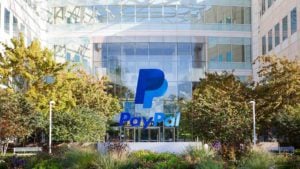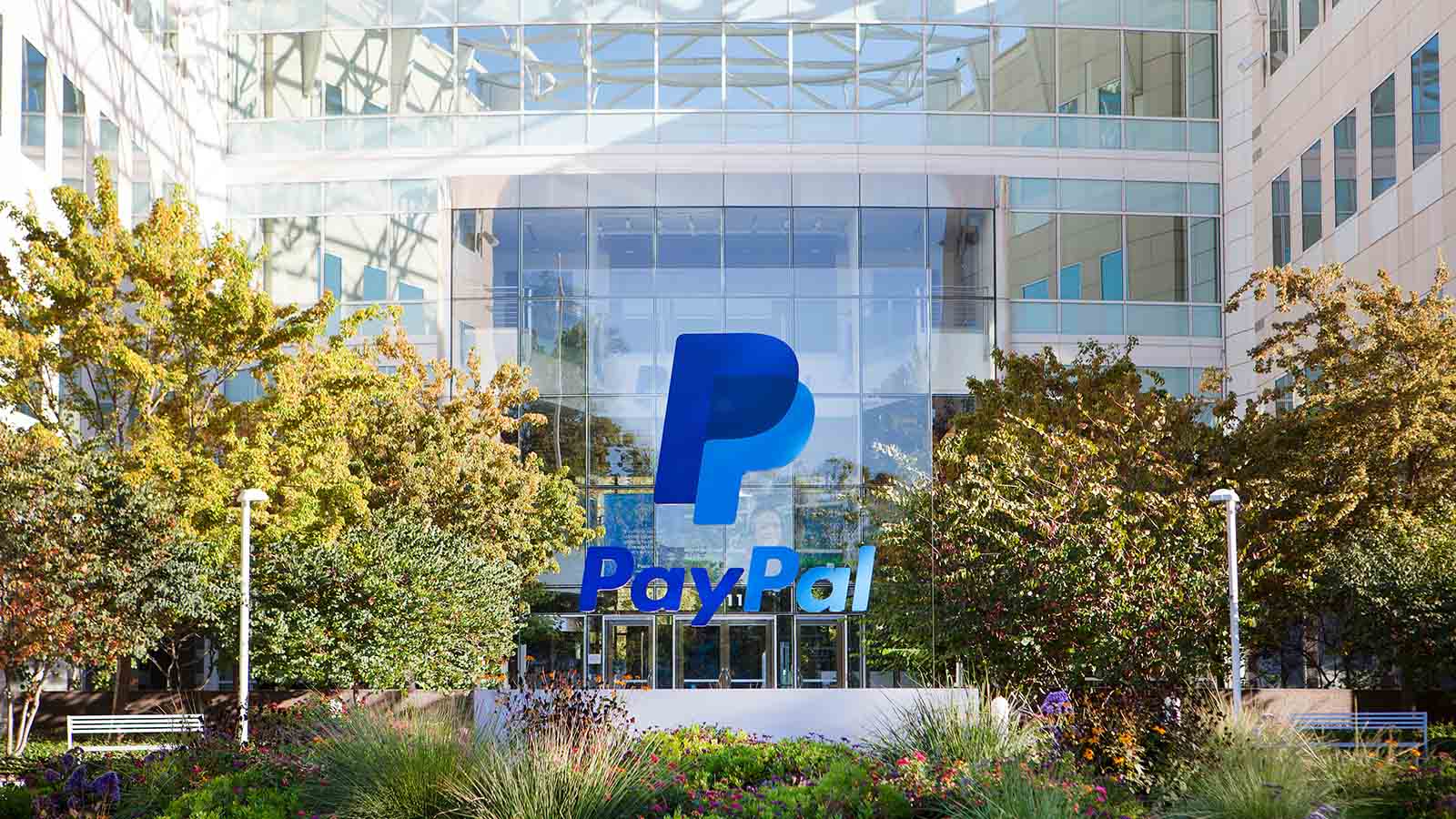As with the rest of the market, PayPal (NASDAQ: PYPL) was rocked by the March meltdown, but PayPal stock has reached new highs, approaching $150 as of this writing.

As lockdown restrictions leave us confined to our homes, many businesses switched to an e-commerce business model to meet consumer demand and stay afloat. Consequently, consumers who were able to lower in-person transactions and stock up on essentials from the comfort of their home adopted digital payments.
As one of the biggest names in the digital payments game, PayPal has been leading the digital payments trend since the Covid-19 crisis began. The overarching consensus among investors and analysts is that PayPal is definitely a stock to buy.
A Closer Look at PayPal Stock
While there are brighter days ahead for PayPal, things weren’t always perfect for the payment app. In its first quarter, the company saw an 87% decrease in net income and was forced to increase cash reserves by $237 million to cover losses.
In addition to this, PayPal had a slow revenue growth at 12% and a 68% increase in tax rates from the acquisition of Honey Science. This was, by all means, a tough quarter on paper for the payment app.
However, things started looking up for PayPal stock in the second quarter. There are currently 300 million active customers on the app with 7.4 million new accounts opened in April. The total payment volume rose by 22% this month along with a 20% increase in revenue.
On May 1, PayPal even saw its highest single-day transaction volume. The company continues to remain optimistic and hopes to add 15-20 million accounts in Q2 of 2020.
“April was probably the strongest month for PayPal since we became a public company,” PayPal’s CEO Dan Schulman said.
As payments went digital, PayPal was quick to jump on the bandwagon and invest in the future. As part of the relief package, the government initiated the Paycheck Protection Program (PPP) which distributed $2 trillion as a cushion for financial hardship.
PayPal played a key role in the distribution of these funds. They allocated $1 billion to user accounts, earning a transaction fee when the funds in the account are used. The company also waived the 1% fee charged when cashing checks on the app.
Change is on the horizon for traditional banking as more people chose to deposit their stimulus checks in payment apps like PayPal and Venmo over conventional bank accounts.
Investing in the future
There’s no denying the significance of digital payments and PayPal hopes to diversify its functionality through the acquisition of companies in this space. In November of 2019, the company announced the $4 billion acquisition of Honey Science– an online platform that helps customers find shopping deals.
The buyout has proven to be a major source of growth for PayPal during the pandemic. In April, Honey’s user base grew by 180% while its revenue increased by 40%. Although the acquisition put a wrench in PayPal’s short-term profits, the long-term benefits of the payment app are quite robust.
In order to stay ahead of the contactless payments curve, PayPal decided to roll out a new feature on its app to make the digital payment process as seamless as possible. Customers can now make payments at grocery stores, restaurants or supermarkets using a QR code through a printout or the screen or your phone’s camera.
This is likely to be a game-changer for PayPal because, although, QR codes aren’t a novelty in digital apps, they were only available for select retailers. However, PayPal’s feature gives millions of existing customers access to a QR code meaning that small merchants can now accept contactless payments as well. The new feature is now available to users in 28 countries including the U.S., Canada and the U.K.
The QR code is just a small part of PayPal’s much larger initiative to bring the digital payment experience in-store. A digital card is also in the works with Google Pay and Samsung Pay. As cash continues to lose its allure, PayPal is well-positioned to disrupt traditional payment methods and be an eclipse for change.
The Bottom Line on PayPal Stock
The future of many businesses remains bleak and the road to a ‘new normal’ is a long and arduous one. However, payment apps like PayPal are becoming increasingly important in a world where touch-free payments are the next big thing.
As we adjust to a post-COVID world, making payments through PayPal and Venmo (also owned by PayPal) will soon become the new norm. With stock prices at a record-breaking high and new growth targets in Q2, PayPal stock is definitely worth buying.
As of this writing, Divya Premkumar did not own any of the aforementioned stocks.
